Are you confused by the conflicting advice on whether meat is good for you or not? You are not alone – plenty of people are left wondering which types of meat you should avoid eating. On the one hand, meat is a great source of protein and delivers iron, zinc, and B vitamins. In fact, meat can be one of the main sources of vitamin B12 in your diet. On the other hand, some meats are associated with an increased risk of some cancers and diabetes. Also, some meats are high in fat and this can raise blood cholesterol levels which raises the risk of coronary heart disease.
Let’s walk through the 15 types of meat you should avoid eating according to the experts and the ones that you should never consume at all!
Beef
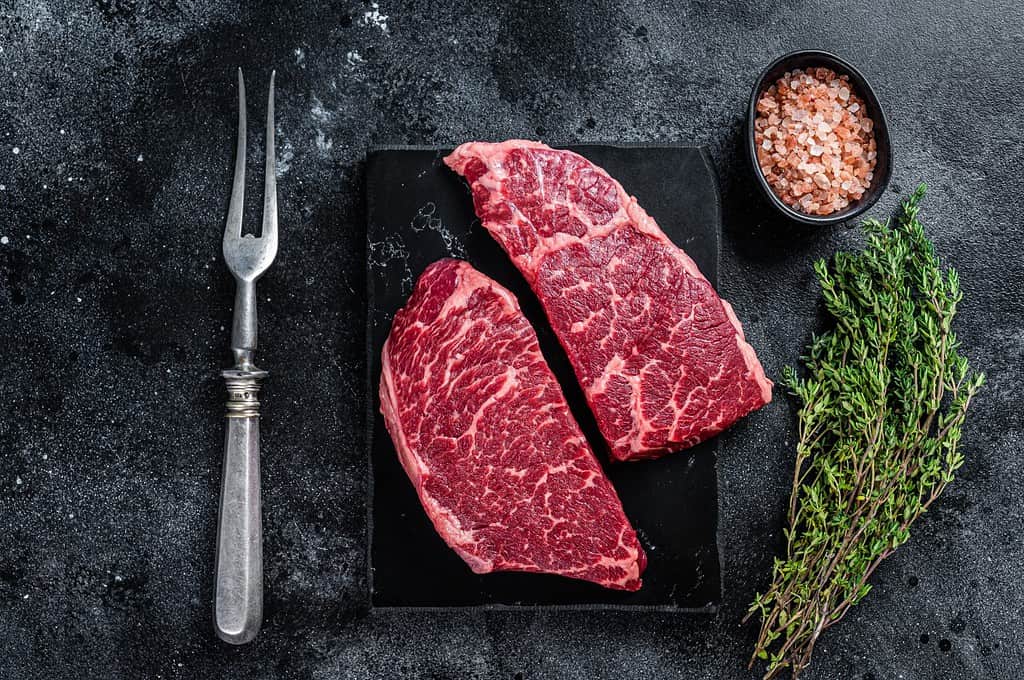
Current advice is to eat small amounts of beef.
©Mironov Vladimir/Shutterstock.com
Beef is red meat obtained from bovines (cows). There is a wide range of cuts including brisket, sirloin, tenderloin, and rump. It can be used to make beef products such as beefburgers and sausages and minced beef is used for dishes like meatloaf and lasagne. The recommended intake is just 3 portions a week or about 12-18 ounces (cooked).
Pork
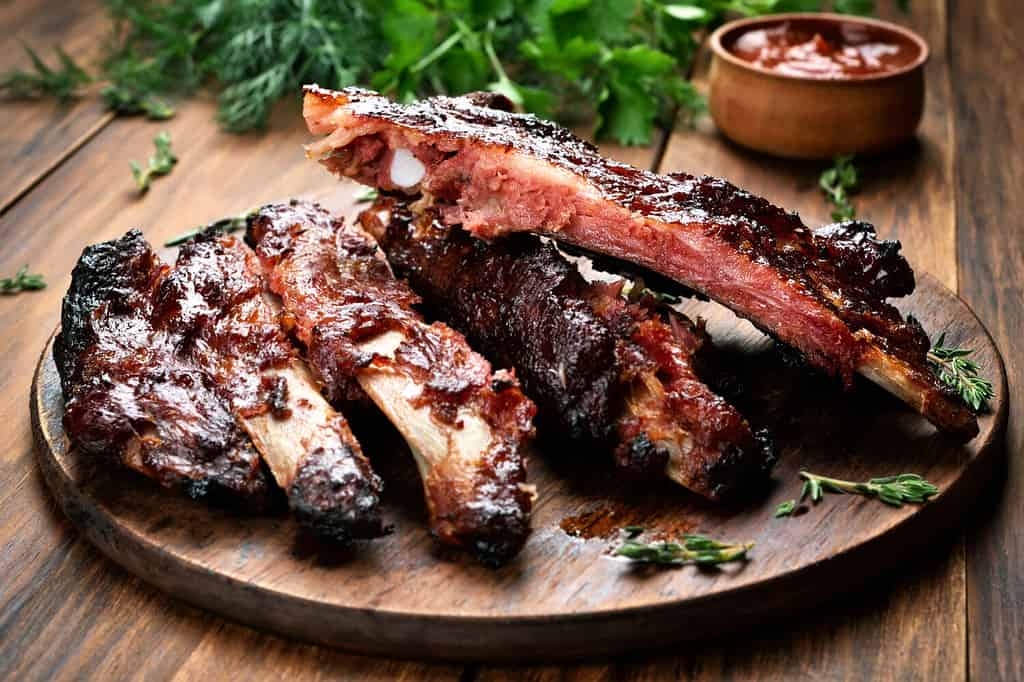
Avoid eating large quantities of pork.
©Tatiana Volgutova/Shutterstock.com
Pork is obtained from pigs and is classed as a red meat. Popular cuts include pork chops, pork belly, and pork loin. Raw pork and undercooked pork are unsafe to eat. Cooked pork, however, should be limited to 12-18 (cooked weight) ounces a week.
Salami
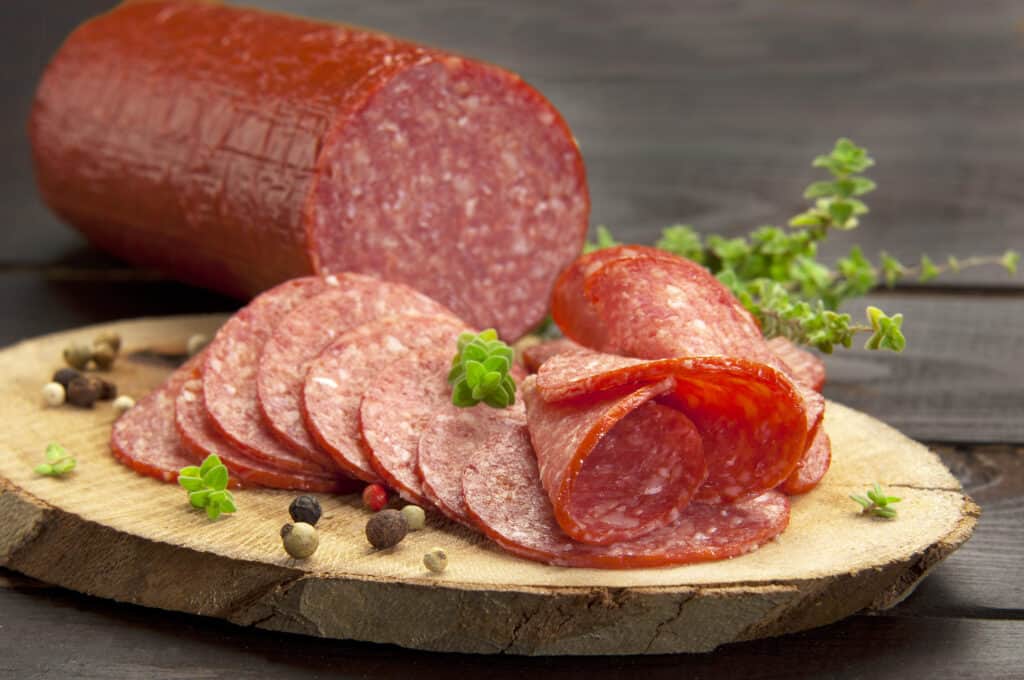
There is a high salt content in salami.
©iStock.com/tolisma
Salami is a highly processed meat and health experts advise that we should eat very little, if any, of it. Individual recipes and production processes differ but salami is often made from pork or beef. It has high levels of salt (sodium) and undergoes a process of fermentation and drying.
Undercooked chicken
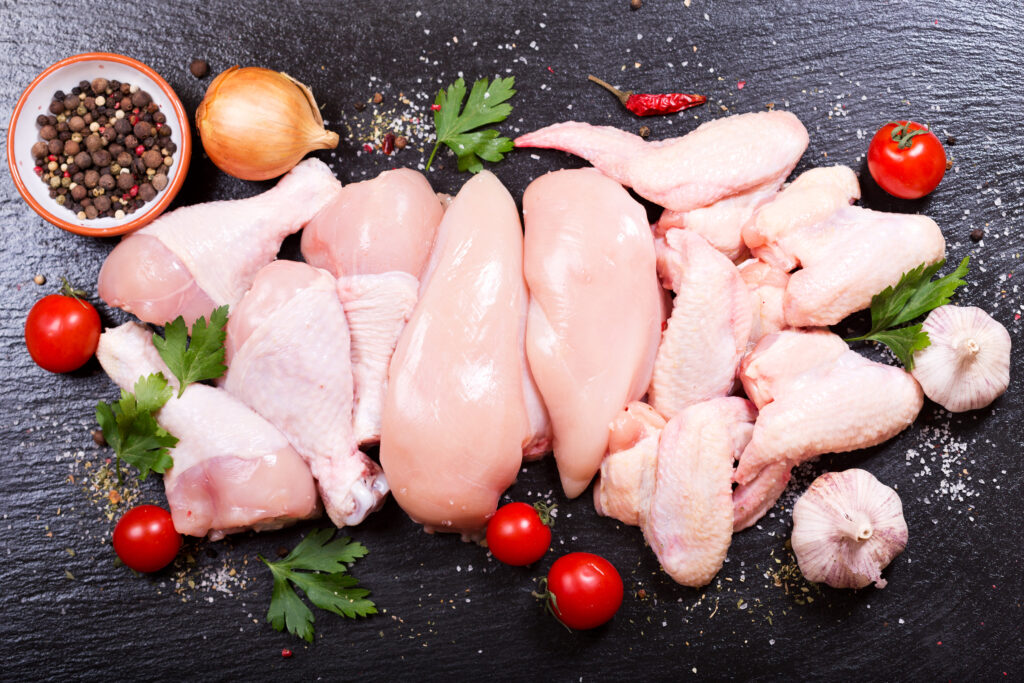
Undercooked and raw chicken is dangerous.
©Nitr/Shutterstock.com
Chicken is one of the meats that should never be eaten raw or undercooked. The tissue structure is delicate and pathogens can make their way deep into the meat. Eating undercooked and raw chicken can cause food poisoning by dangerous bacteria including Salmonella and Campylobacter.
Lamb
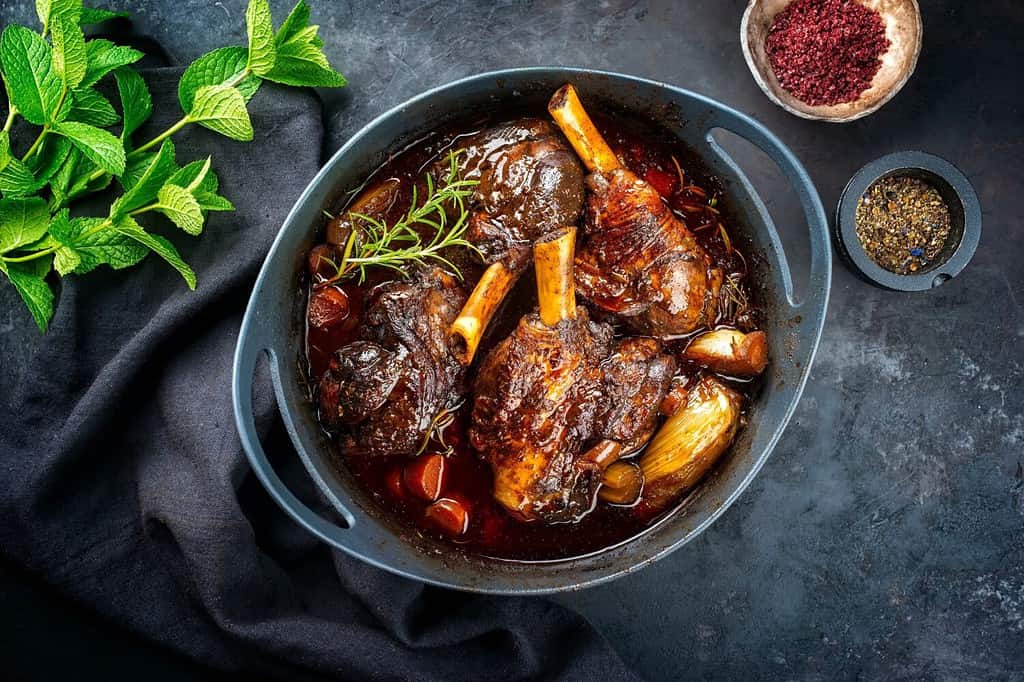
As a versatile red meat, lamb is popular but large quantities should be avoided.
©hlphoto/Shutterstock.com
Lamb is also classed as a red meat so you should only eat 12-18 (cooked weight) ounces of it a week. It is obtained from sheep and popular cuts include shoulder, leg, and lamb chops. You can eat lamb rare (undercooked) as long as the outside of the cut is seared.
Canned Corned Beef
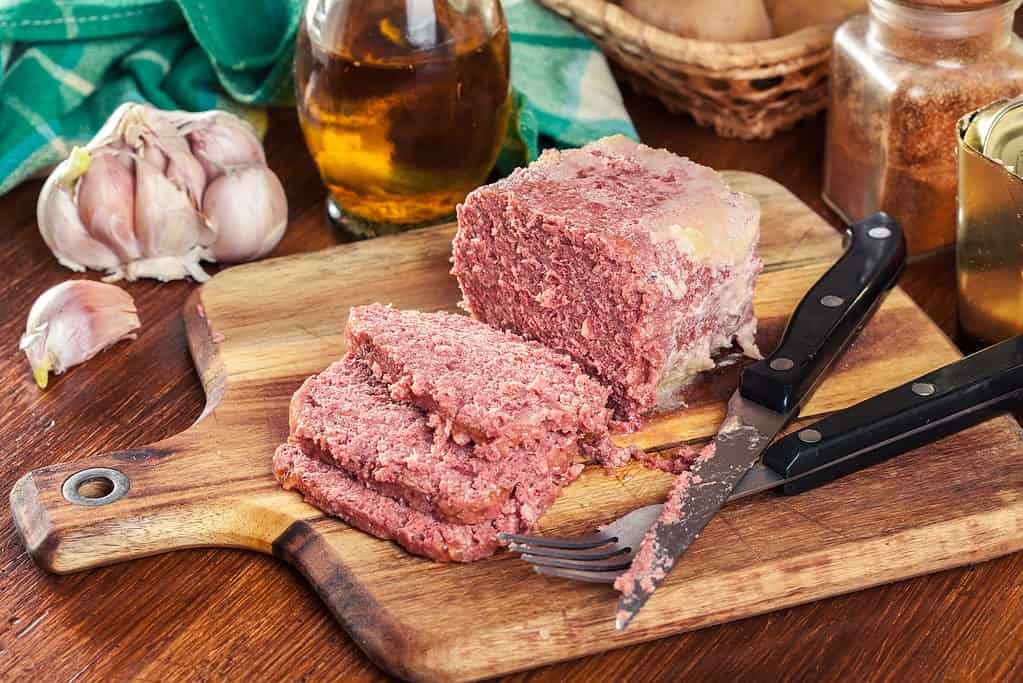
Canned corned beef may be tasty but you should avoid eating a lot of it.
©iStock.com/fotek
The name ‘corned beef’ comes from the rock salt used to preserve the beef and this is why it should be avoided in large quantities. The preserving chemical called sodium nitrate can also be found in corned beef and may cause cancer in humans. The advice is to eat very little if any of it.
Chorizo
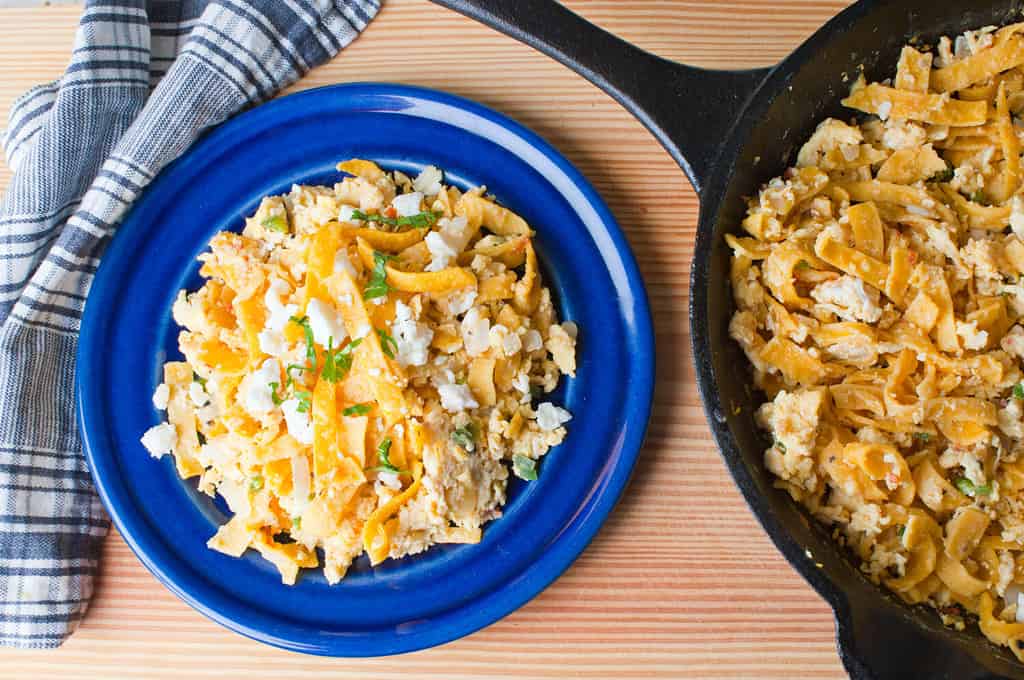
It may be part of Mexican cuisine but large amounts of chorizo should be avoided.
©Marie Sonmez Photography/Shutterstock.com
Chorizo is made from highly seasoned chopped or ground pork. The Mexican version is made with raw pork but the Spanish chorizo is usually smoked. Whilst it provides protein, B vitamins, and trace minerals, it also has a high saturated fat and sodium content. It is one of the processed meats that you should cut down on to reduce your risk of some cancers.
Bacon
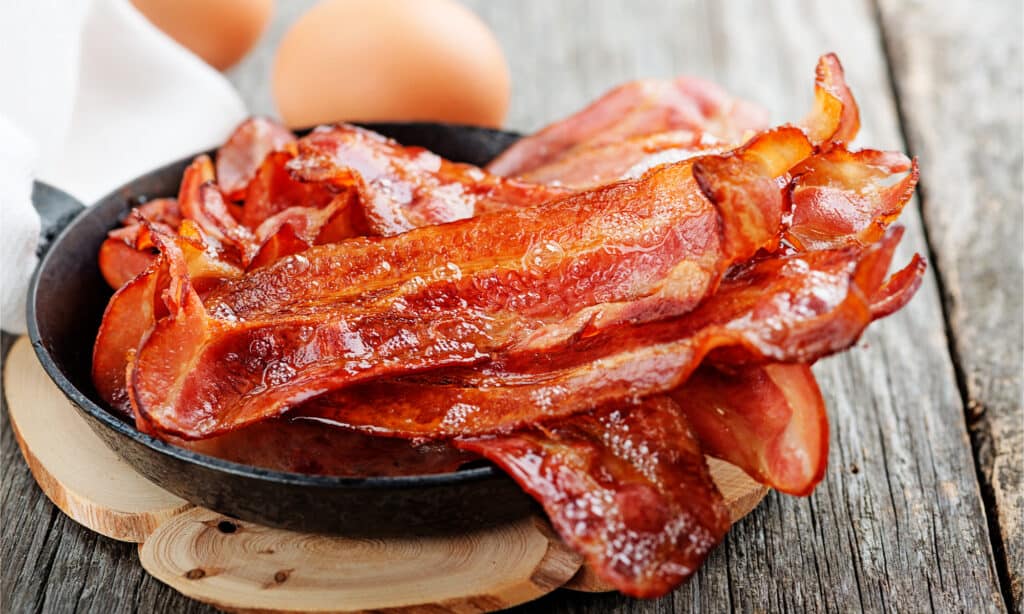
Eating cured bacon can increase the risk of some cancers.
©nelea33/Shutterstock.com
Bacon is pork meat that has been ‘cured’. This means that is has been injected with or soaked in brine or dry cured with salt. Bacon brine contains nitrates or nitrites. When the bacon is cooked at high temperatures these combine with amino acids to form nitrosamines which can increase the risk of some cancers. It is therefore best to avoid eating bacon often.
Foie Gras

Geese are force-fed to produce foie gras.
©Serhii Hrebeniuk/Shutterstock.com
Foie gras is a French delicacy that is actually the whole livers of force-fed ducks and geese. It is banned in many places due to the controversial methods of production. Also, the handmade version carries a high risk of bacterial contamination and should be avoided by pregnant women and people with compromised immune systems.
Packaged Sliced Luncheon Meats
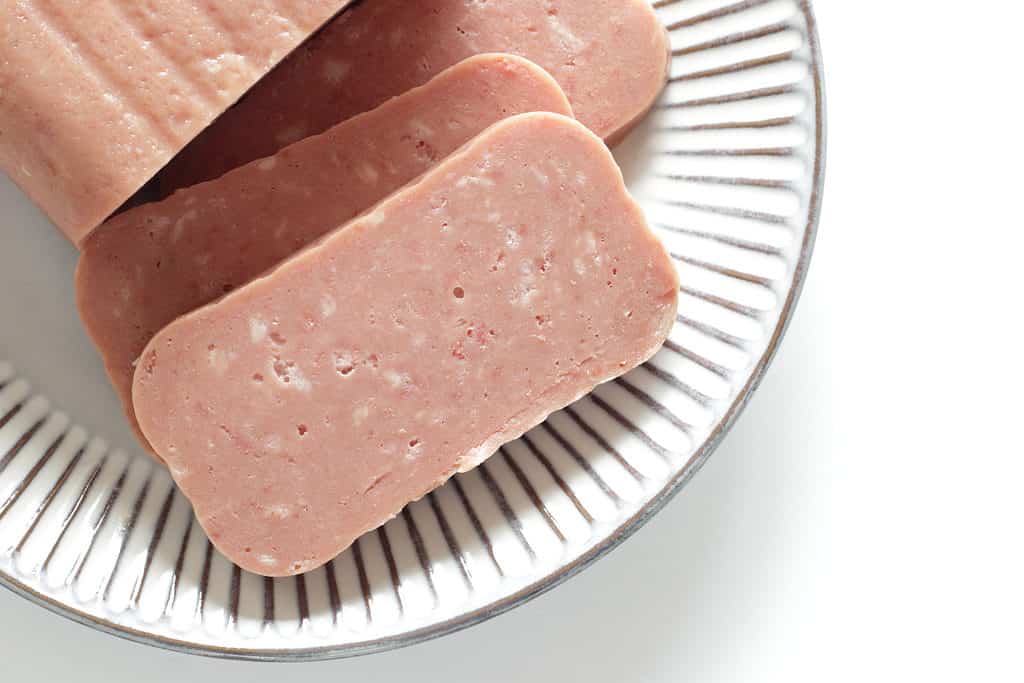
Cooked luncheon meats are not the healthiest option.
©jreika/Shutterstock.com
Unfortunately, many processed meats are produced using chemical preservatives. Some of these can cause colorectal cancer and so they are best avoided or at least only eaten rarely.
Pastrami
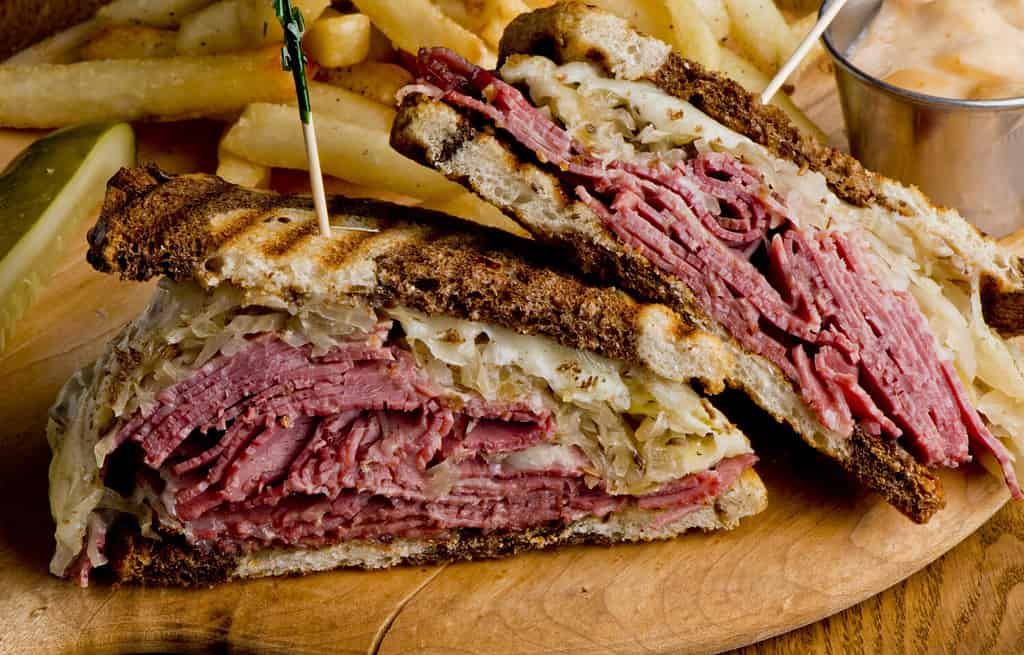
Highly processed meats like pastrami are not the healthiest choice.
©Marie Sonmez Photography/Shutterstock.com
Pastrami is usually made from beef brisket. It is wet-cured in a brine, highly seasoned, smoked and then steamed. It can be high in sodium and fat and some studies have linked highly processed meat with some cancers.
Ham

Hams are highly processed meats.
©Elena Katkova/iStock via Getty Images
Hams are cured pork meat. The process uses salt to remove moisture from the meat to preserve it – some are wet-cured (with brine) and others are dry-cured. Then the meat is dried and cooked. Different cuisines have special hams such as serrano ham from Spain and prosciutto ham from Italy. These are all classed as highly processed meat and large quantities should be avoided.
Hot Dogs

Sausages are high in fat and salt.
©Ben6/ via Getty Images
These are made with wiener or frankfurter sausages. The hot dog sausages typically contain a lot of salt and fat (which are both best avoided) and preservatives such as sodium nitrite. Highly processed meat is associated with some cancers.
Pepperoni
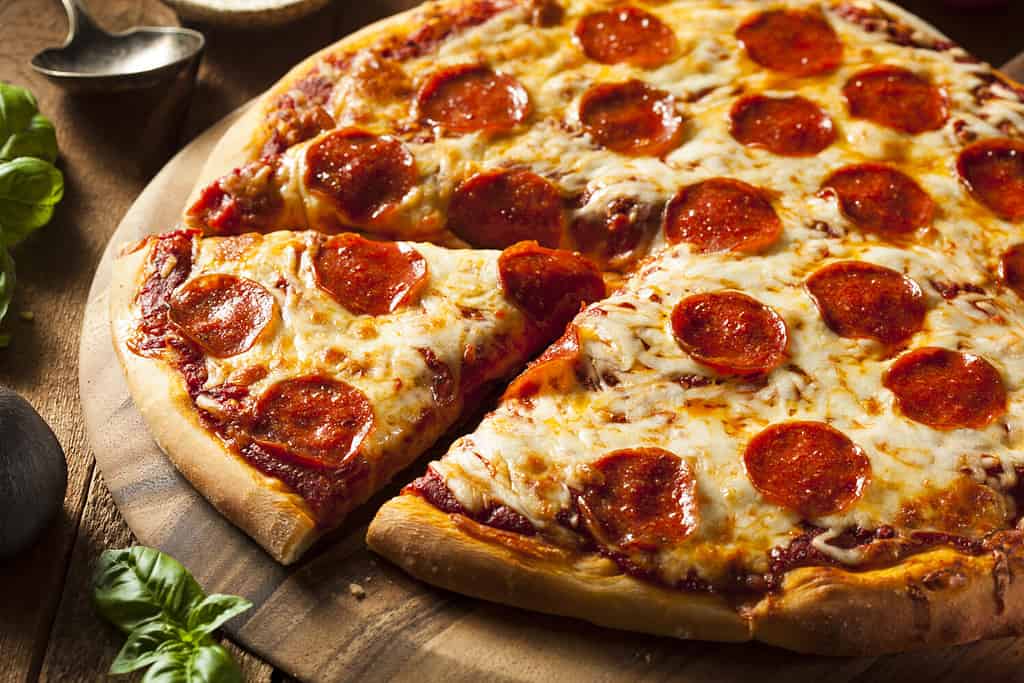
Regular consumption of processed meats is not advised.
©Brent Hofacker/Shutterstock.com
Pepperoni is a type of spicy salami made from cured pork and beef seasoned with paprika and chili peppers. There is evidence that regular consumption of processed meat like this is linked to colorectal cancer, Type 2 diabetes, and cardiovascular disease.
Bratwurst
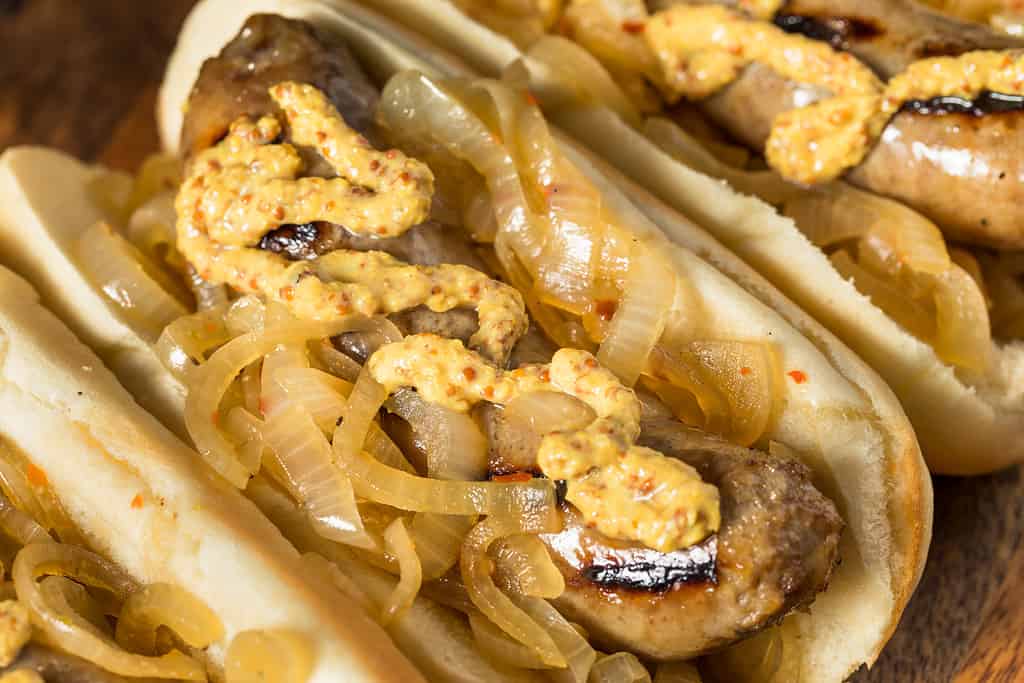
Beer bratwurst is a highly processed meat.
©bhofack2/iStock via Getty Images
Bratwurst is a type of German sausage typically made from pork. They are widely sold as ‘brats’ in the US. They are typically high in fat and highly processed so they are also one of the types of meat to avoid eating regularly.
The photo featured at the top of this post is © Simon Kadula/Shutterstock.com
Thank you for reading! Have some feedback for us? Contact the AZ Animals editorial team.






